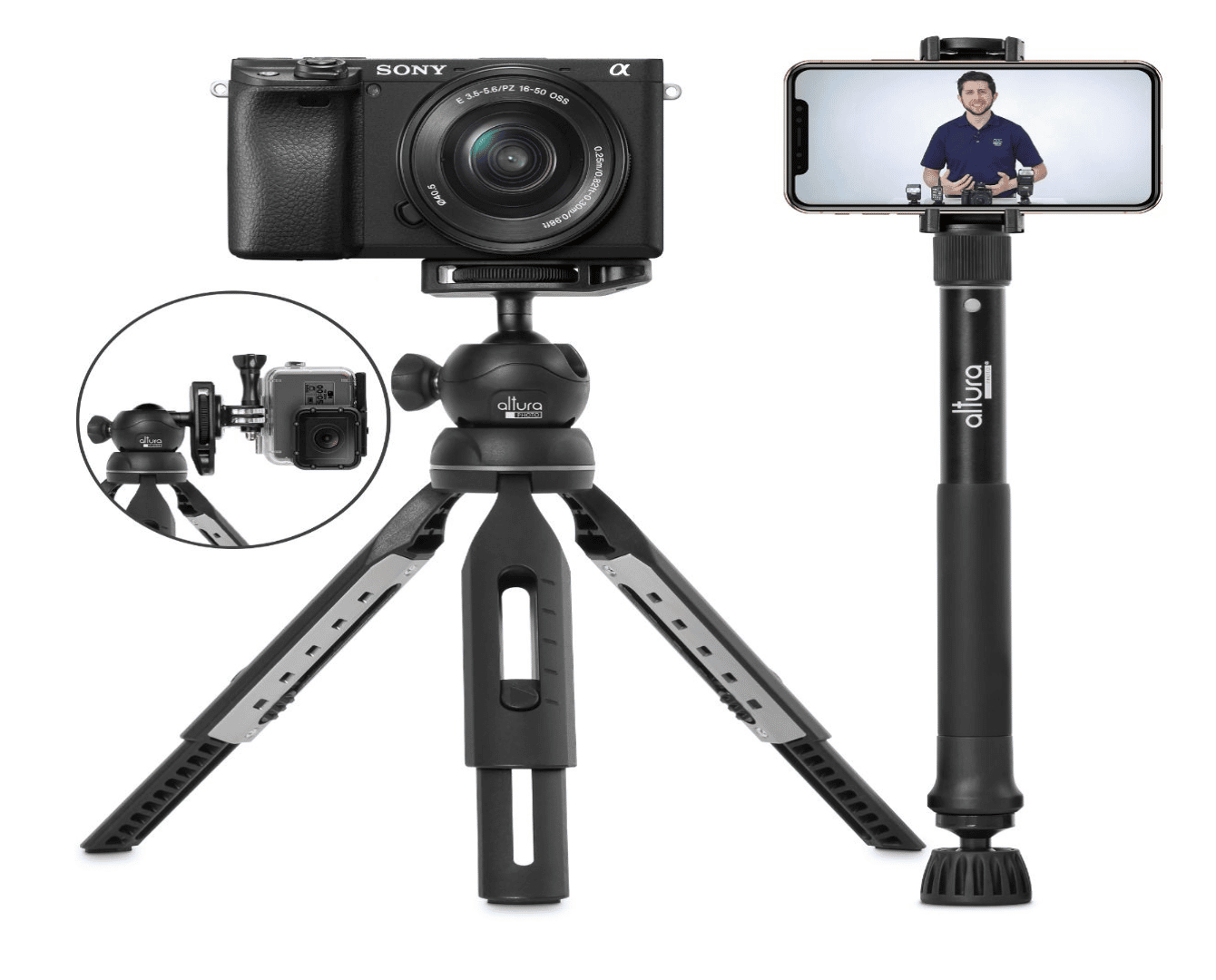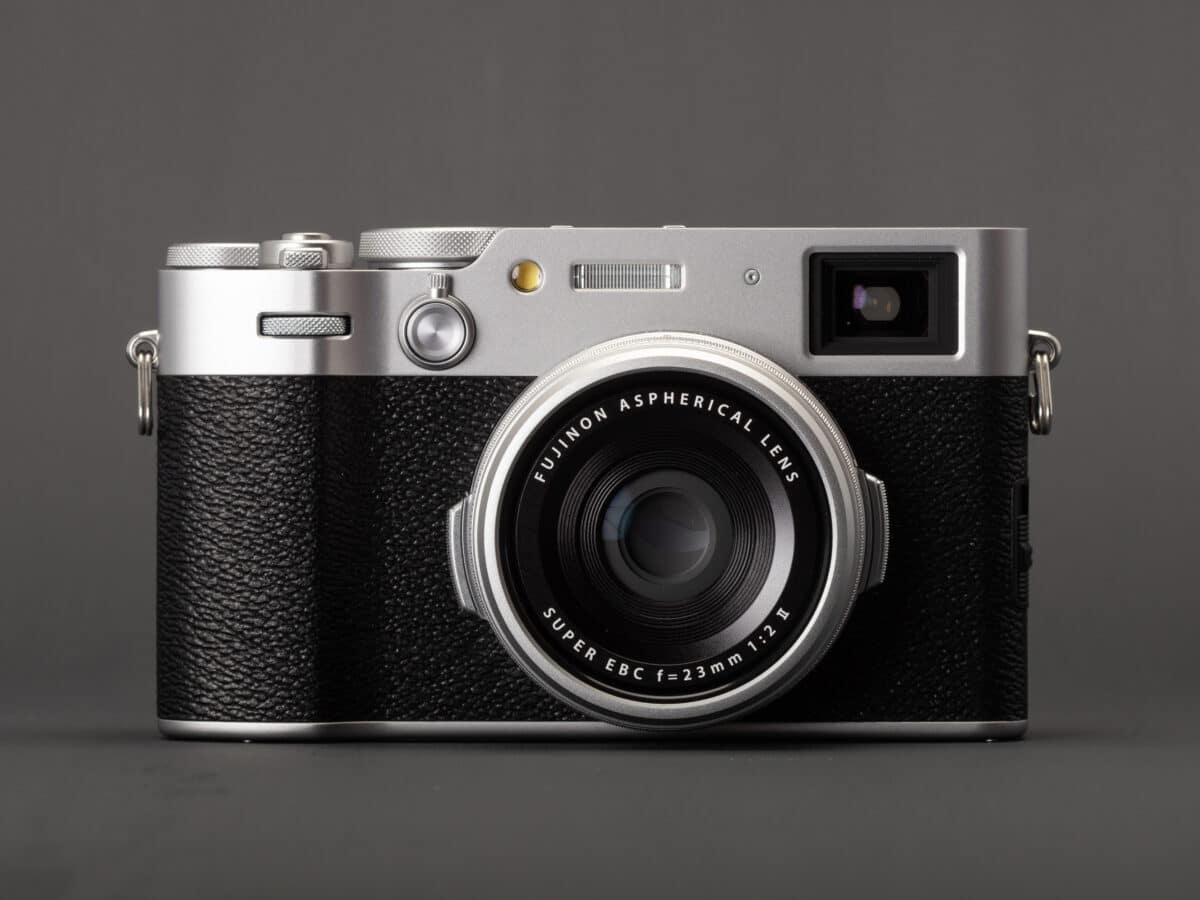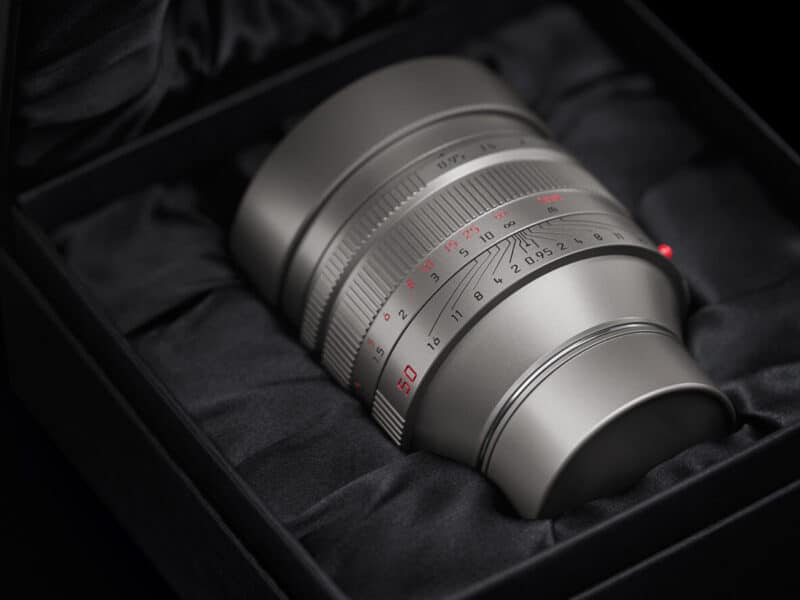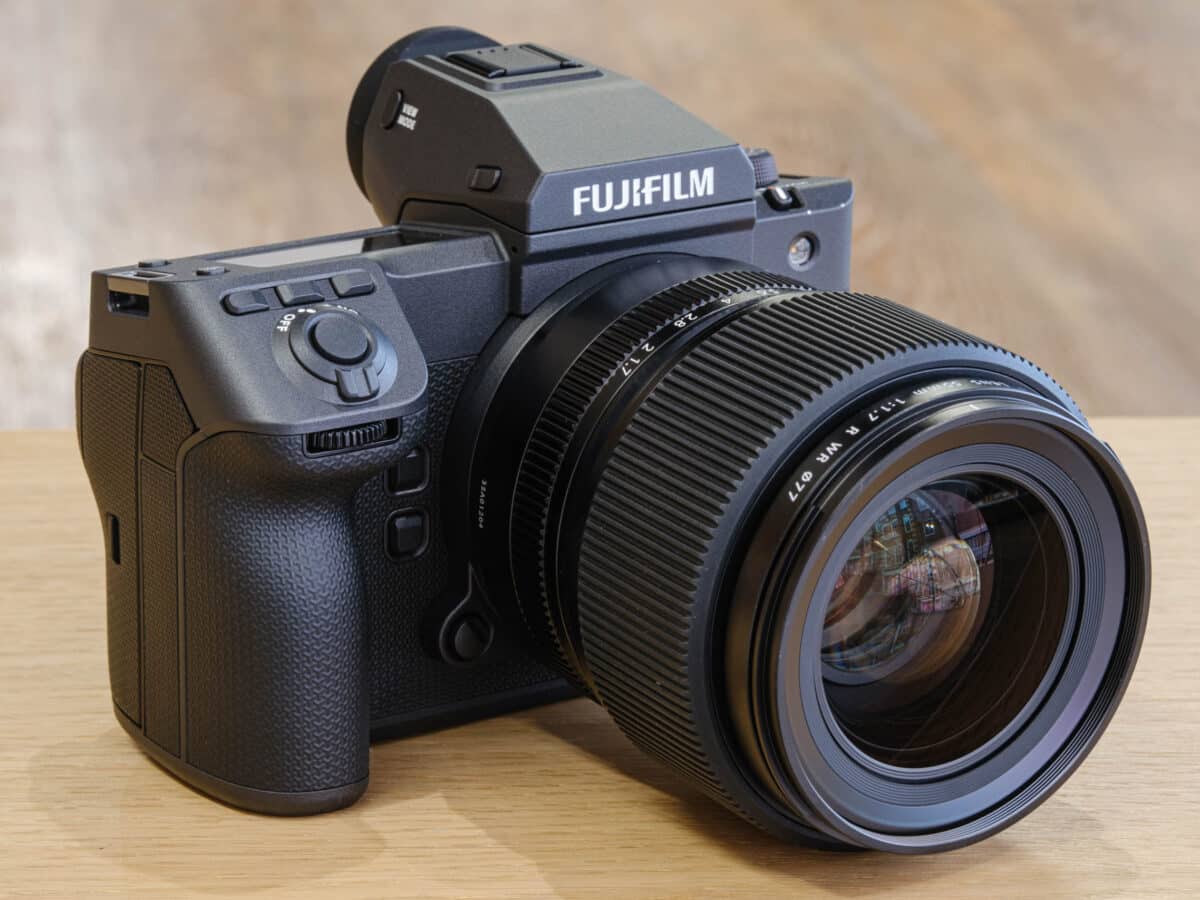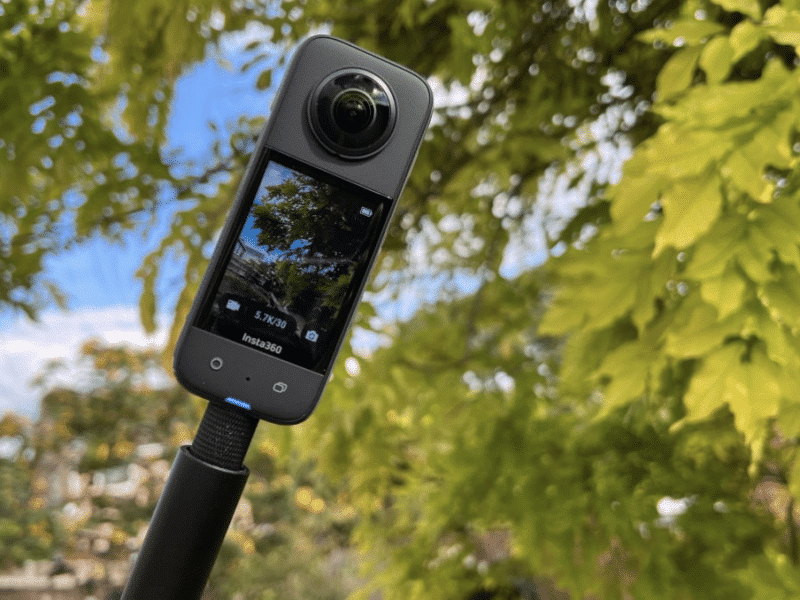Choosing the right camera support system is crucial for capturing high-quality images. It helps you control shutter speed and achieve stable shots. But what’s the better choice between a monopod and a tripod?
Monopods and tripods have unique benefits and also boast different purposes and strengths. While a tripod is more stable, a monopod is more portable. To help you decide which is better for your photography needs, let’s explore their differences and benefits, among others.
Monopod and Tripod: What Are They?
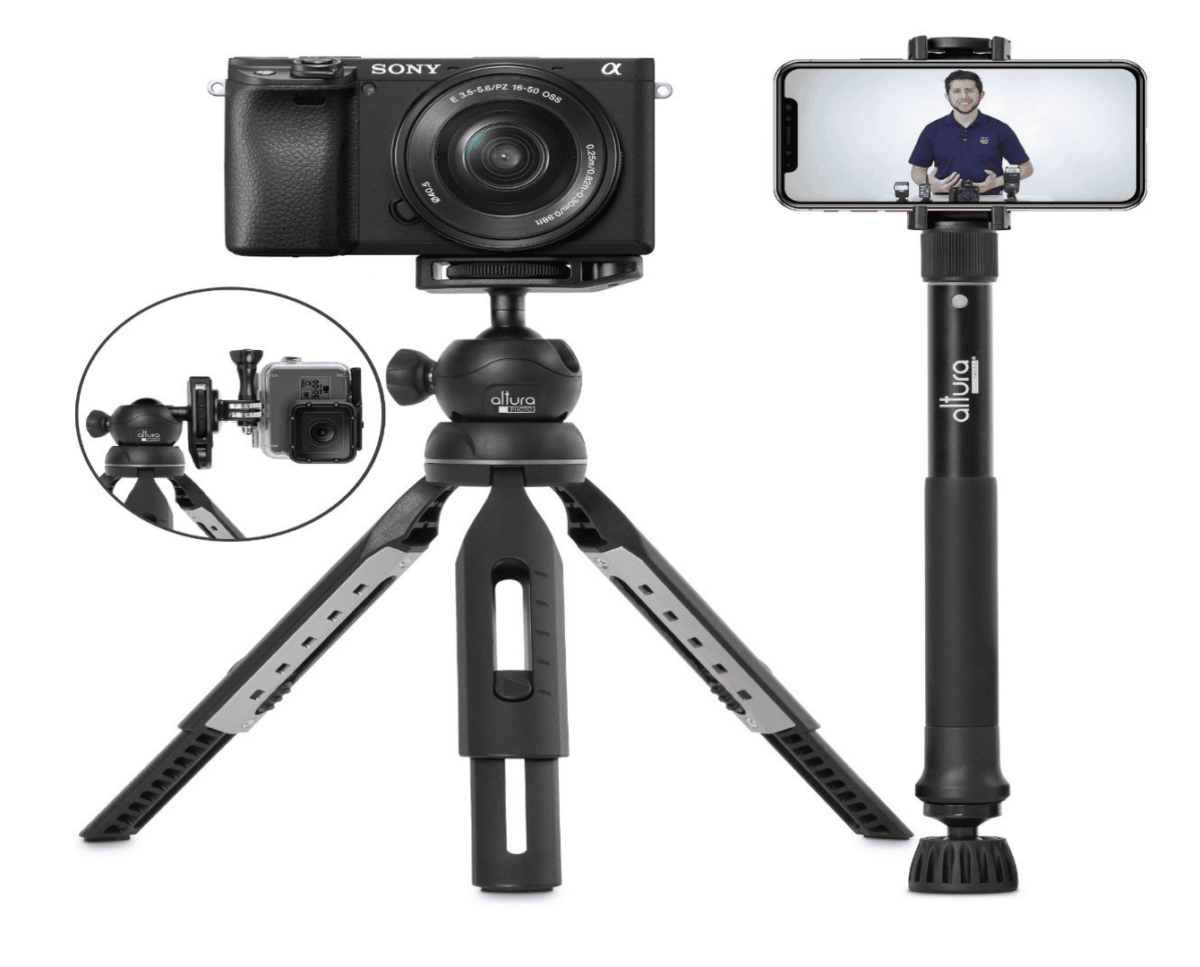
A monopod is a single-legged camera support, while a tripod is a three-legged camera support device. Both are designed to hold cameras and make it easier to take stable shots. The difference is that a monopod is collapsible and easier to carry, while a tripod is stationary. Both accessories are essential for photographers.
Types of Monopod and Tripod Heads
Monopods and tripods have different types of heads, each with its purpose.
- Tilt and Pan Heads: These are commonly used on tripods and are perfect for holding big lenses and cameras. They allow you to easily rotate, tilt and pan your camera when shooting still objects.
- Ball Heads: These are the most popular heads for monopods. They are light, come in different sizes, and are affordable. They allow you to rotate your camera in any direction easily.
- Fluid Heads: These heads come with a long handle and are commonly used on monopods. They allow for smooth movement while shooting photos or videos. Some photographers prefer them for their small grip that allows for gradual movements.
Similarities Between Monopod and Tripod
| Feature | Monopod | Tripod |
| Stabilizes camera | Yes | Yes |
| Helps in long exposures | Yes | Yes |
| Adjustable height | Yes | Yes |
| Quick removal/inclusion of camera | Yes | Yes |
| Ball head or tilt head available | Yes | Yes |
| Made of carbon or aluminum | Yes | Yes |
Both tripod and monopod serve the same purpose – to stabilize cameras. They allow you to take images without holding the camera and keep them in a fixed position with longer exposures.
Both are adjustable in height and have plates for quick removal and attachment of the camera. They come in ball heads or tilt heads, which are more popular for their ability to move the camera in different angles and directions.
Also, tripods and monopods can be made of carbon or aluminum and are often produced by the same companies.
Comparison Between Monopod and Tripod
| Feature | Monopod | Tripod |
| Cost | Cheaper | More Expensive |
| Strength & Durability | Less | More |
| Direction and angle adjustment | Limited | More flexible |
| Ideal for use in windy conditions | No | Yes |
| Ideal for use in crowded environments | Yes | No |
| Portability | More Portable | Less Portable |
| Flexibility | More Flexible | Less Flexible |
Tripods are generally more expensive, robust, and durable than monopods. Both can come in the same height and length, but the monopod leg can be extended to different sizes when in a steady position.
A tripod often enables you to turn the camera and take images from various directions and angles without holding it, making it ideal for shooting in windy or stormy conditions. Fixing the camera to the ground and controlling shooting exposures is possible anywhere with a tripod rather than a monopod, reducing the chance of poor image quality.
A monopod is a versatile and lightweight camera support that can be collapsed to different lengths, making it a popular choice for photographers on the go. With three to five-foldable sections, monopods are more flexible and affordable than tripods.
Also, monopods are often used for shooting in crowded spaces or for capturing moving subjects. They are a great alternative to heavy tripods for photographers who want to reduce their load during expeditions or vacations.
Merits and Demerits of Monopod
| Merits | Demerits |
| Easily movable | Unstable in windy or sandy conditions |
| Ideal for use in crowded environments | Limited stability for long-term exposures |
| Allows for easy upward and backward movement | Not suitable for wildlife or sports photography |
A monopod is an excellent option for those who want flexible and portable camera support. It’s easy to move from one place to another and can be collapsed into different lengths, making it ideal for use on the go.
With a tilt head, you can quickly move your camera up and down. In a crowded environment, you can even place the monopod between your legs and capture images from every angle. Whether on vacation or just exploring, a monopod is an excellent option for anyone looking for lightweight and versatile camera support.
However, a monopod cannot provide stable support in sandy or windy conditions. This makes it unsuitable for use in scenarios such as wildlife photography or sports events where the photographer needs to be at a distance from the camera.
Merits and Demerits of Tripod
| Merits | Demerits |
| Ideal for long-term exposures | Heavy and time-consuming to set up |
| Provides more support for various photography types | More expensive than a monopod |
| Stable for slow shutter speeds | Difficult to carry on trips or in crowded environments |
Tripods provide stability and support for taking images without physical strain, making it easier to capture long exposure shots. It is better for landscape, wildlife, football, and studio photography.
However, tripods are heavy and time-consuming to set up, making them difficult to carry on trips or in crowded environments. They are also more expensive compared to monopods due to the additional components they come with.
When Can You Use the Monopod or Tripod?
1. Macro Photography

Macro photography allows you to capture intricate details of your subject. By keeping the camera steady, a tripod or monopod can help create clear and stunning macro images. However, a tripod is generally recommended as it provides more stability than a monopod.
Besides, a tripod is handy when taking macro shots of subjects close to the ground, as it minimizes camera shake and results in less blur. With a tripod, you can experiment with longer shutter speeds and create beautiful macro images.
2. Landscape Photography
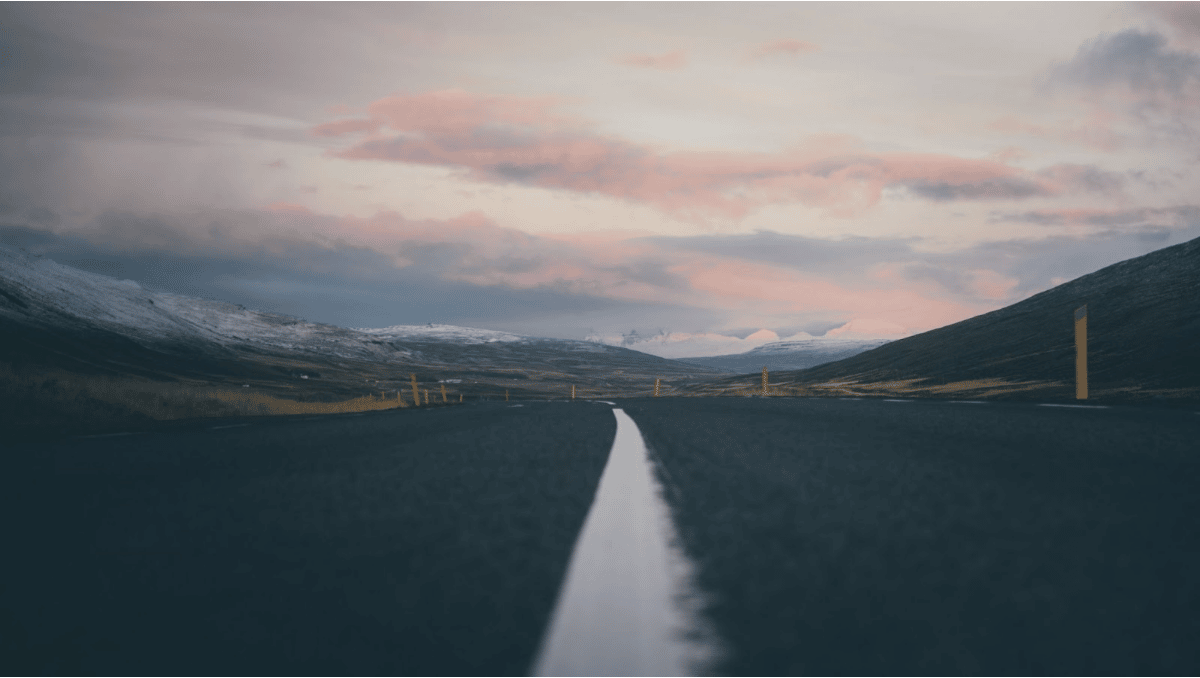
You can use either a tripod or a monopod for landscape photography. To capture the stunning scenery and improve depth of field, photographers often need to stabilize their cameras for several seconds or minutes.
A tripod is a popular choice for landscape photography as it allows the camera to be positioned low to the ground, even on rough or sandy surfaces. However, a monopod can also be used if you can support it while standing in a well-composed position.
While some photographers prefer a monopod because it is lighter and more portable, others use a tripod because it can better capture the reflection of their subject and provide more detailed images.
3. Wildlife Photography
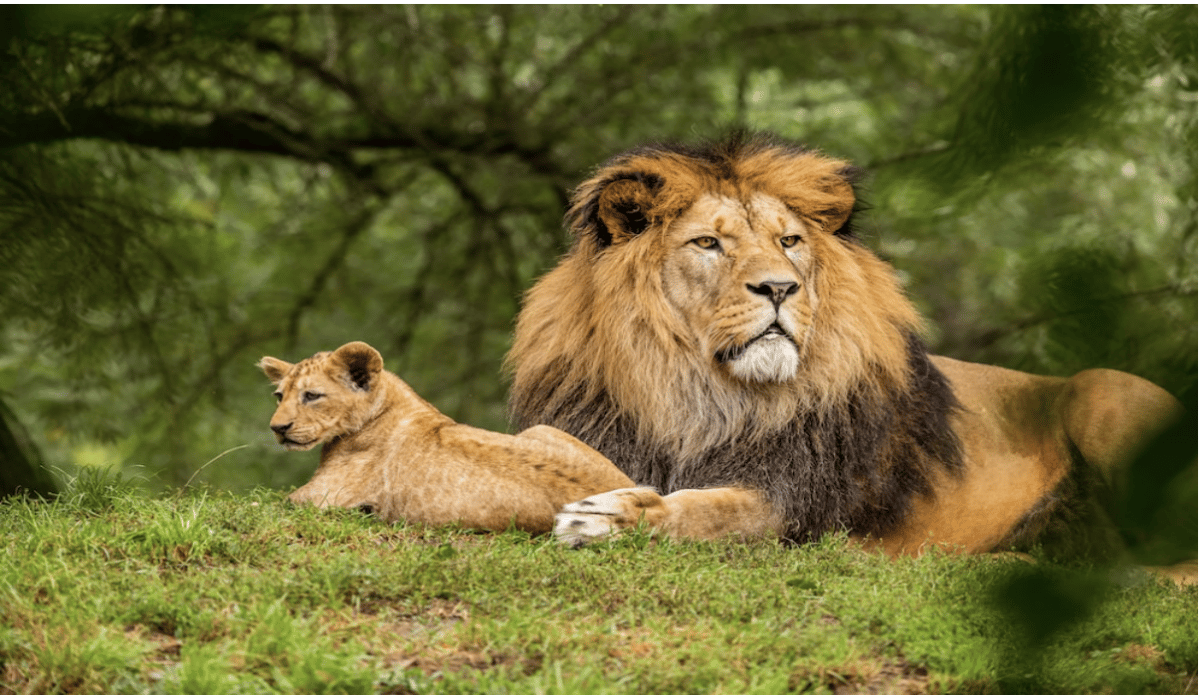
Taking photos of wild animals requires courage and strength. As a photographer, the fear of attack from dangerous animals may make you use a tripod. However, a monopod may be a better option, depending on the type of animal and situation. If you enjoy taking long walks to shoot wildlife, a lighter, foldable monopod would be ideal.
For instance, a monopod can be helpful for a wildlife photographer trying to capture an antelope. To make things easier, attach your camera with a long lens to the monopod. This will make taking frequent photos of wildlife much simpler.
On the other hand, if the animals you want to photograph are stationary, you should use a tripod. This will help you capture moments of animal activity that require a longer exposure time without physically holding the camera.
4. Sport Photography
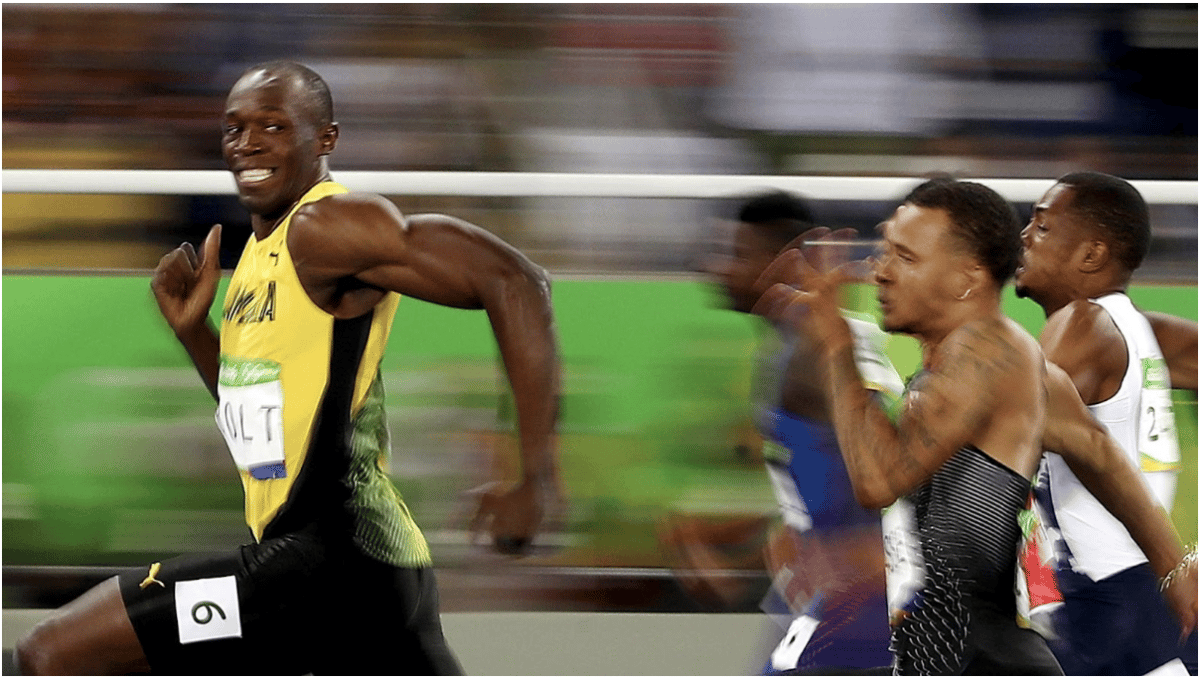
Capturing photos or videos during sports requires focus and attention. Sports environments can be crowded and noisy, making it essential to choose your position wisely. To prevent damage to your camera and blurry images, avoid using a tripod.
Instead, a monopod is a better choice as it allows you to capture every action in a sport. You can move the camera in any direction and angle on the monopod for fast shutter exposure. For example, photographers at a football game find it easier to capture players’ every move by using a monopod to support their camera with a large lens.
5. Wedding Photography
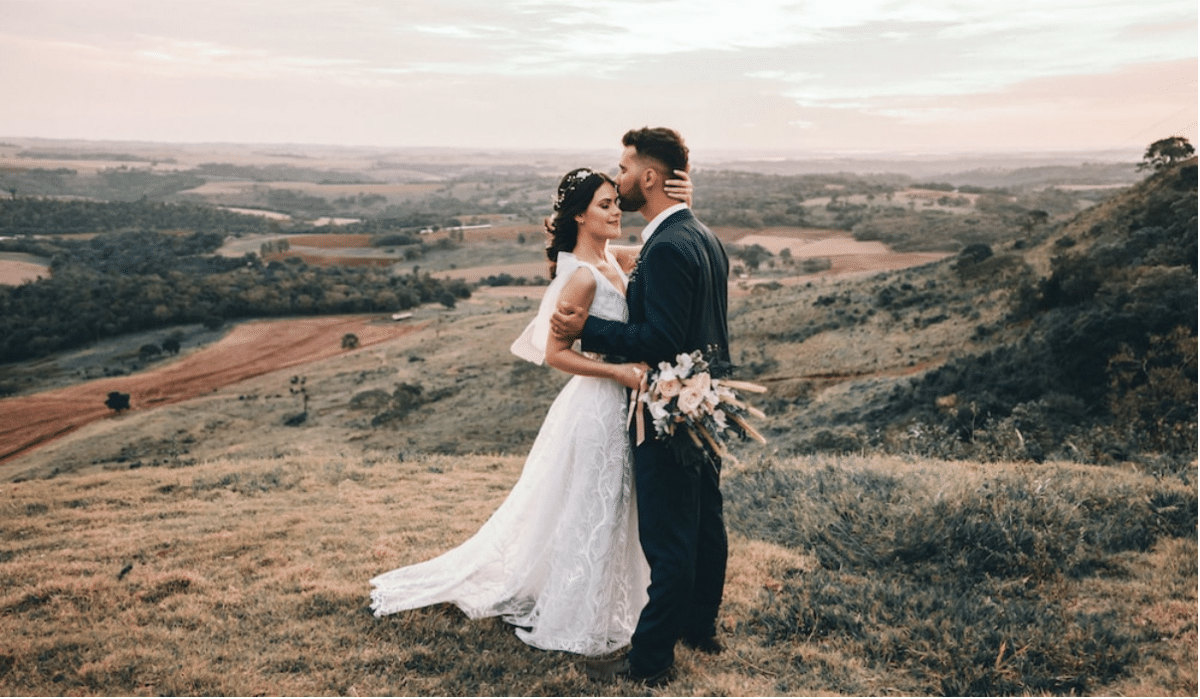
A tripod and a monopod are essential for capturing the perfect shot during a wedding ceremony. You should use a tripod before and after the ceremony to take photos of the bride and groom.
During the ceremony, a monopod is more convenient as it allows you to move around and take pictures from different angles. With a monopod, you can easily capture important moments and activities of the event, such as guests and special activities.
6. Night Time Photography
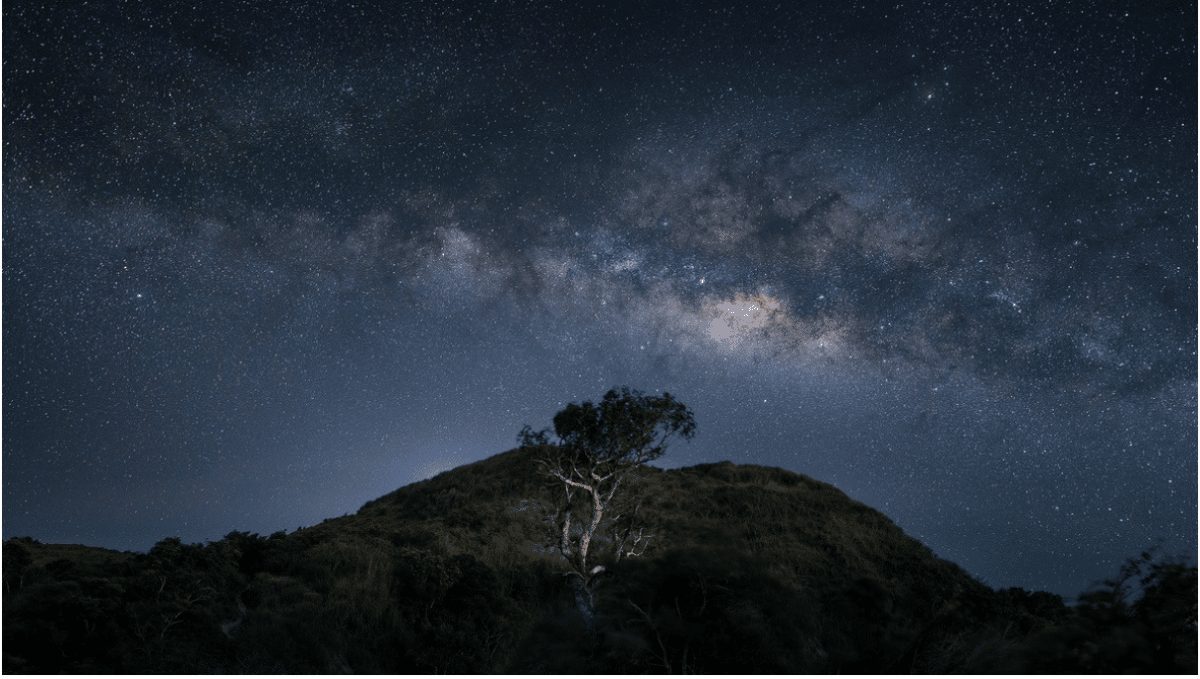
Taking photos of the night sky, stars, and galaxies can be thrilling, but having a stationary camera is crucial. If you want to capture stunning star trails or nightscape photos with long exposures measured in minutes, seconds, or hours, a tripod is a must-have. A tripod will allow you to take sharp nighttime images using aperture or artificial lighting.
Choosing between Monopod and Tripod?
A monopod is a portable, lightweight, and flexible camera support option. It is ideal for photographers who want to reduce their load on trips or in crowded environments, allowing for easy upward and backward movement.
On the other hand, a tripod is more expensive, heavier, and difficult to carry. Still, it provides more stability and support for long-term exposures and various photography types, such as wildlife and sports.
The choice between a monopod and a tripod depends on the photographer’s needs and the environment they will be shooting in.

